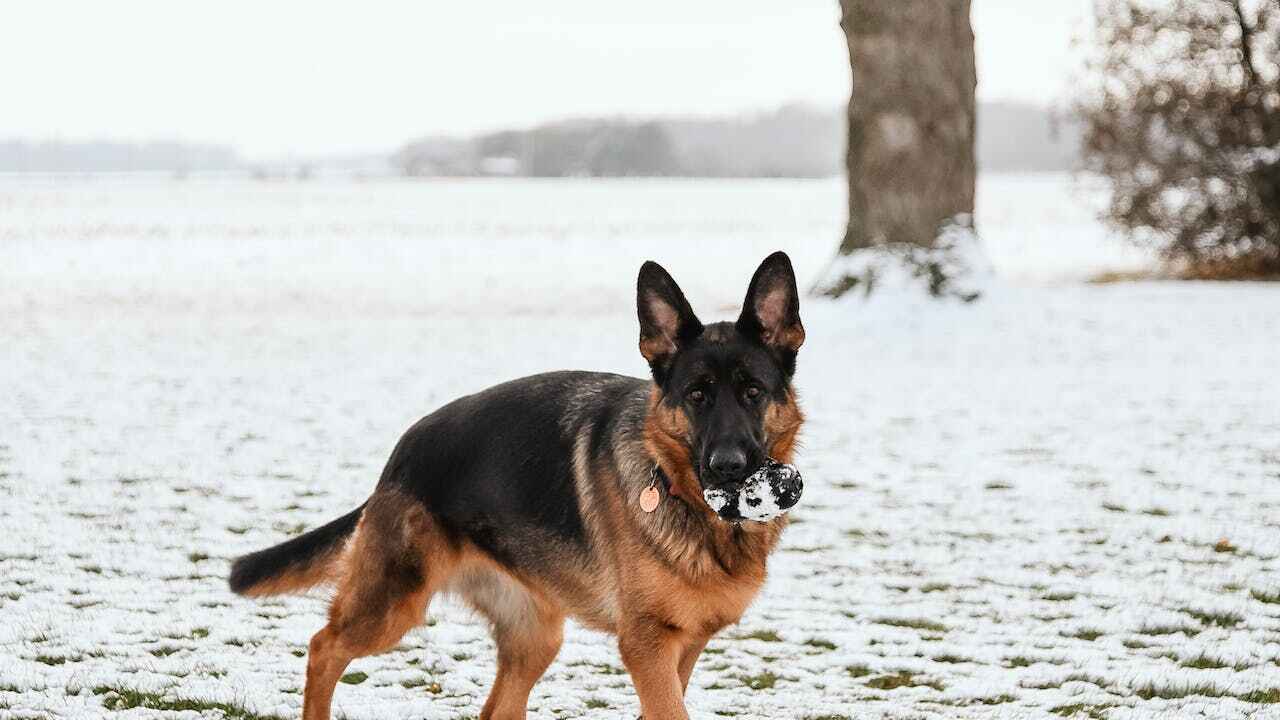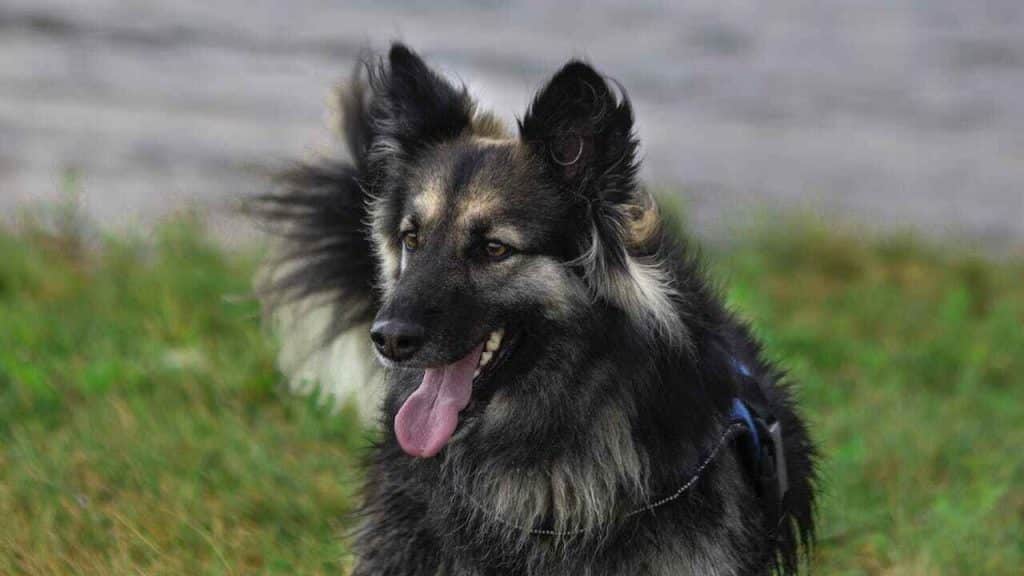The Old German Shepherd dog was a classic traditional style herding breed that was present in Germany during the late 1800s. Unlike the modern-day GSD, there are some differences. This is mainly because it was bred for the sole purpose of working with Shepherds in herding flocks of sheep. Instead of performance or show-line GSDs. 5 interesting facts about these old-timers that you might not know!
1.They are also called Deutsche Schäferhunde in Europe.
In the nation of Europe, they are known as Deutsche Schäferhunde. This roughly translates to “Old German Shepherd” in English.
This was a generic term for all the local shepherd dogs at that time, though they varied in size and appearance. Any working or herding dog in the vicinity was included in this category.
Shepherds did not much care less about a dog’s physical appearance and were keen on finding the best dog for the task. It was later on that the more modern-day GSD came about.
2.They are regarded as a landrace breed.
You may not have heard of such a term as the “landrace” breed before. It is talking about domesticated traditional dogs that have naturally adapted to the local environment after some days.
Usually, landraces are genetically almost identical but vary a lot more than is typical for a standard dog breed. Landraces can frequently be converted to standardized breeds. So here, one may consider them as a way of moving toward producing some particular breed.
Characteristics and traits can differ significantly depending on where the dog is located or what role it plays. The modern-day GSD is a good example of a breed that was developed from the landrace version.
Fun Fact: 75% of all dogs are not officially recognized by any breed club, given that over one billion dogs live on the planet and there are only 420 standardized breeds. That means that most of the dogs on Earth are landrace or village dogs.
3.Long-Haired Old German Shepherd Dog
Long-Haired German shepherd
During the late 1800s Max von Stephanie started developing his version of the perfect working German shepherd dog.
His goal was to create a dog that he knew could serve the military with courage, loyalty, and obedience.
To further this objective, he set up the “Herein fur Deutsche Schäferhunde (SV)” in 1899.
At the start of the breed’s creation, an organization accepted all colors and hair variations.
At some point, it changed, and they began eliminating particular variants to refine the breed.
Long-haired German Shepherds, as well as white and wire-haired ones, were ultimately excluded from the standard breed.
Although the Old GSD was not given official recognition by the SV, it continued to be bred and developed during this period. The long hair was the major difference. Some other Old German Herding dogs like the “Gelbbacke” and Hazer Fuchs” were included in this group.
It stayed that way up to 2010 when the worldwide pedigree for dogs; FCI officially recognized the long-haired version as part and parcel of the German shepherd breed.
There is only one big difference from the old kind, it is the length of hair on this coat. The old GSD seemed somewhat bigger and more robust because of its fur – it was thicker and longer than today’s one.
4.Their origins date back to the early Middle Ages.
The original Deutsche schäferhunde has roots that date back to the early Middle Ages. It was during “transhumant” taking place in Germany.
Also called nomadism or pastoralism, shepherds would use their dogs to move livestock from mountain pasture to mountain pasture depending on the time of year to ensure that their animals have something to feed on.
Transhumant is a practice carried out in regions of the world that are mountainous, highland, or cold areas that can only be inhabited and pastured during summer.
Britannica – Transhumant
Thus Old German Herding dogs drove cows, pigs, and sheep over different distances during these migrations. They would herd and protect the flock along the way from any danger that may come up.
During the travels, dogs would mate. Sometimes this would lead to a lot of different variations in coat types and colors. Similarly, in this period, the various hued canines were named after their geographical location within Germany.
But they were not recognized as separate breeds. These were the first shepherd dogs that would later turn into old GSDs.
5.An Old German Shepherd Dog Breed Is Saved
Old German Shepherd Dog Running
Nowadays the Old German Shepherd lives due to efforts made by the organization “Die Arbeitsgemeinschaft fur Zucht Altdeutscher Hutchence,” which translates AAH – Association for Breeding the Old German Shepherd Dog.
1989 Formed the registration’s objective is to keep and develop Deutsche Schäferhunde in a wide array of various types of working stock dogs.
Dogs that qualify to be officially registered with the organization are those capable of herding cattle or sheep. They even have sheepdog trials in Germany where they evaluate their ability to herd. Dogs undergo various examinations to evaluate their skills.
Skills Include:
- Keeping the sheep close to each other like a group.
- Driving the sheep over open country with some control.
- Moving the sheep along an open track, unstacked, with its flanks guarded to prevent strays.
To start the herding, the shepherd will walk ahead of the flock and then pull out some brief instructions to a dog. The mere presence of the dog keeps the flock of sheep in line. The dog may appear rather detached from the situation until he or she has to drive a flock and turn back a wanderer.
Even today, this method is used in certain parts of Germany. Dogs will help shepherds to herd flocks of sheep from one pasture to another for feeding.
Inclosing:
21 The Old German shepherd Dog dates back centuries and continues to be a fundamental part of life in certain areas of Germany where they carry on in remote farms doing what they are best, herding and protecting the livestock. Check back weekly for more GSD articles and sign up for our newsletter to get updates.


